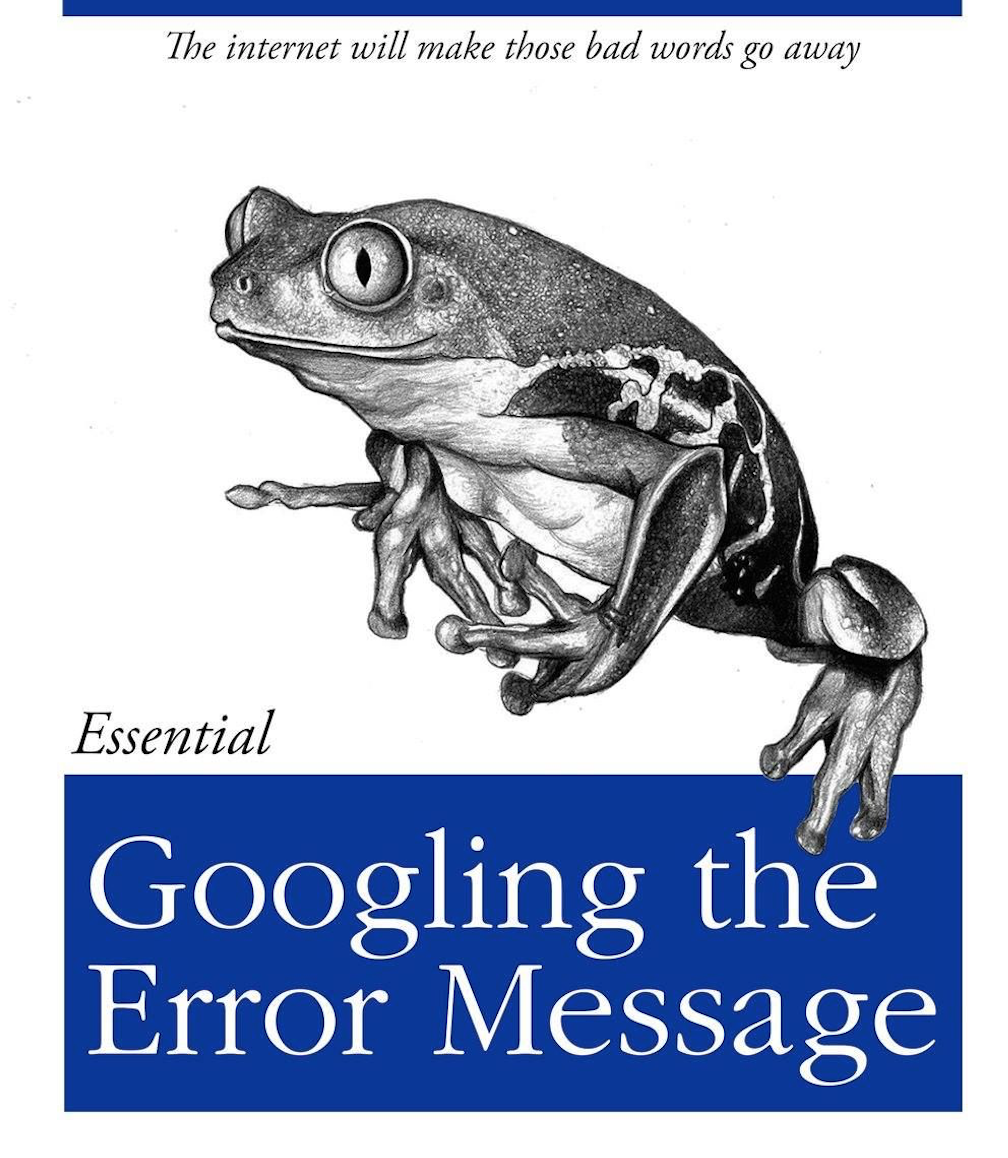
Exam guides
Note
This study guide is meant to help you; a student who knows all the below well should do well on the exam. It is not a contract. There is no room to negotiate over whether questions on the exams are perfectly represented in this list.
Things you should know for the midterm…
- The structure of data (what are rows, columns in a dataset)
- The grammar of graphics (variables, aesthetics, geometries)
- How to interpret patterns in data visualizations (e.g., general trends, outliers)
- The different types of variables that exist (e.g., categorical, dummies)
- The five graphs, what they tell us, and when each is appropriate
- How to make these graphs in R
- Use of pipes to connect functions
- Why we would want to subset data and how to do it
- Use of logical operators
- Use of objects
- Why we would want to create new variables and how to do it
- How to make new categorical variables out of existing data
- The summary statistics and what they tell us
- How to calculate summary statistics, in general, and for subgroups in the data
- How to summarize categorical variables
- How we can “break down” broad patterns in data to test theories or concerns about the relationships we’re observing
- What correlations are, how we measure them, what they tell us
- The basics of modeling, terminology, broad goals
Things you should know for the final…
- The intuition of how model parameters are estimated
- How to fit models with different kinds of variables and interpret the output
- How to interpret model output in multiple regression
- Why we want to make predictions, and the mechanics of making them
- How to assess whether our predictions are good or bad
- The difference between prediction and causal inference
- What “causes” means in social science terms
- Why causal inference is difficult, the fundamental problem of causality
- How to use simulation to create the varying causal patterns in data that we explored
- Why experiments work and how they differ from observational inferences
- Using, reading, and making DAGs
- The different confounding scenarios we discussed
- Use of controls, in theory and practice
- The motivation for the causal revolution, natural experiments, why they work, how we know when we have one, limitations
- Why we are uncertain, how to simulate uncertainty, how the law of large numbers saves us, when it can’t
- How to quantify uncertainty and its use in hypothesis testing